Buckwheat cultivation technology, features of sowing, care and harvesting
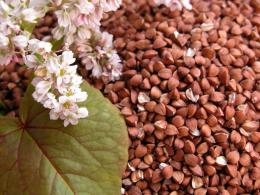
Buckwheat is the most important cereal crop grown in the European part of Russia, Belarus, and Ukraine. Other names: black rice, black wheat. The main product obtained from buckwheat is buckwheat.
But buckwheat straw is not a very valuable and nutritious product for farm animals; it is mixed with other crops to increase nutritional value. The yield is not high, but the plant suppresses the growth of weeds well, grows well and is an excellent option for sowing in front of other crops.
Content:
- Brief description of the plant
- Features of cultivation
- Application of fertilizers
- Soil cultivation for growing crops
- Sowing
- Features of care
- Pollination
- Harvest
Short description
Buckwheat is an annual, herbaceous plant, with a tap root and a branching ribbed stem. The leaves are wide, arrow- or heart-shaped. The inflorescences are a complex raceme with bisexual, fragrant pink and white flowers.
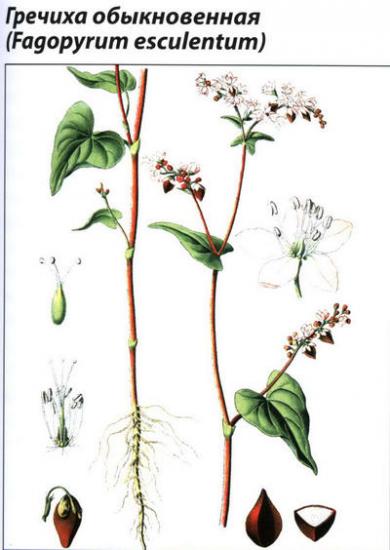
The fruits are nuts with three sides of a dark color. Its natural habitat is the Eastern and Southern parts of Asia; it has shown good growth in the Eastern and Central climatic zones of our country. It is a heat-loving herbaceous plant, but cannot tolerate extreme heat and drought.
Features of cultivation
The technology for growing buckwheat for grain is not simple, but if you follow it, you can get excellent grain and straw.
Moisture
During flowering and fruit formation, constant soil moisture is important for the plant; seeds absorb large amounts of moisture during their growth period. Each stage of the crop’s life cycle requires its own amount of moisture: germination and the period of flower appearance approximately 12%, seed formation 80-92%.
Warm
The culture loves warmth and responds to favorable temperatures. The appearance of sprouts occurs at a temperature of about 8 degrees, and the formation of the future crop is maximum during hot weather and high humidity of 15-23 degrees.
Light
Daylight hours have a significant impact on yield; lighting is especially important during seed ripening. The growing season is only 75-85 days, depending on the variety.
The soil
It is advisable to place it on loose, well-ventilated, nutritious soil. Optimal soils for cultivation: chernozems, cultivated peat bogs, light loams, soils with low acidity. It does not like and grows poorly on waterlogged soils with a large amount of organic fertilizers.
Application of fertilizers
The root system consumes little useful substances from the soil, so there is no point in excessive application of fertilizers. Fertilizers containing potassium, phosphorus and nitrogen are applied before sowing, during the formation of the first buds and then when the crop blooms. In autumn, only soddy-podzolic and sandy soils are fertilized, and chernozems do not require additional fertilizing.
Soil cultivation for growing crops
Ideal predecessors are grains and legumes, potatoes, sugar beets, winter crops growing in pure fallow, flax, and millet.Grain legumes create the most nutritious soil for the plant, accumulate nitrogen in the soil, and suppress the growth of weeds.
When determining a place for crops, it is worth paying attention to the proximity of tree plantings and the location of reservoirs. Tree plantings are home to pollinating insects, and forest plantings also protect fields from the first severe frosts and winds.
The main directions of pre-sowing soil preparation are:
- Retention of moisture in the soil.
- Removing weeds.
- Leveling the soil.
- Full loosening.
The first treatment depends on the crops that were predecessors. If these were legumes or grains contaminated with weeds, then it is necessary to peel and plow the plowed land. Thanks to this treatment, moisture loss is reduced, the number of weeds is reduced and the soil is better developed.
Peeling is carried out immediately after harvesting the previous crops, which increases its efficiency. The depth of treatment depends on the amount of weeds. On heavily weeded soils, peeling is carried out twice with deeper ploughers and cultivators. Heavy harrows are often suspended from the hulls.
After stubble cultivation, the soil is peeled to a depth of 10-12 cm, and after approximately 15 days, plowing is carried out on the arable layer to destroy weeds. After grain legumes, as a rule, they are limited to disking only.
After potatoes and beets, peeling is not used, and when sowing buckwheat after perennial grasses, pre-sowing preparation involves only plowing. When physical ripeness occurs, cultivation and harrowing are carried out.
Before sowing, you need to carry out at least 2-3 cultivation treatments, the first up to 12 cm, the second after about 10 days at 10 cm, the third after a week at 8 cm. Cultivation immediately before sowing is done to the depth of sowing the seeds.

Experts believe that the maximum yield is obtained from heavy seeds. Before sowing, they must be sorted by weight and size using pneumatic sorting machines or sorting using water. And after these procedures they are dried to a flowable state.
Such treated seeds of class 1 according to the sowing standard are used for sowing.
The sowing time is selected according to agrotechnical recommendations, following the following conditions:
Frosts are unacceptable at the beginning of growth and at the end of the growing season.
The period of bud formation and grain formation requires high temperatures, approximately +24-28 degrees.
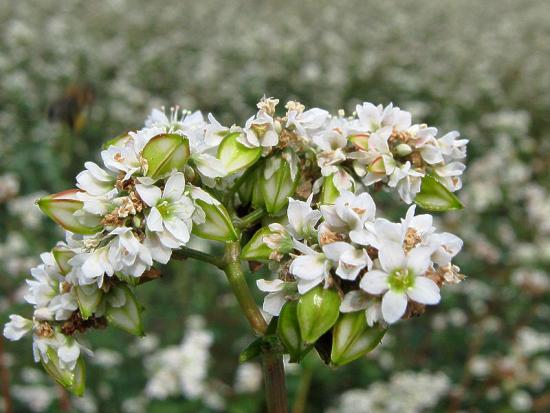
The period of fruiting and mass flowering should be the most moisture-consuming period.
Features of sowing
Buckwheat is sown in wide rows of 40-50 cm with a seeding rate of 1.3 million seeds per 1 ha. If rows are made more often, the plants will shade each other, growth and development will deteriorate, and metabolic processes will slow down. The depth of placement depends on the type of soil. On clay, heavy soils - about 5 cm, on cultivated, well-groomed areas - 6 cm. When the soil is dry, the seeds are buried even lower - up to 8 cm.
Crop care
Initial care before the first shoots appear consists of harrowing and cultivating row spacing. Thus, moisture is retained in the soil, weeds are destroyed, and the supply of oxygen to the seeds improves.With sparse row spacing, harrowing of crops is not carried out, because harrows remove not only weeds, but also the sprouted buckwheat itself.
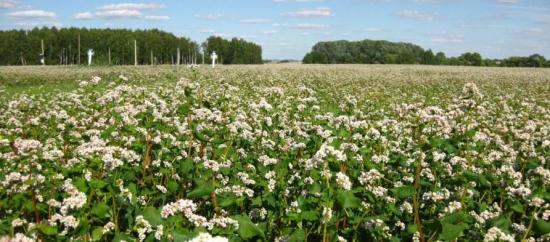
On lands heavily infested with weeds, special chemicals are used, the so-called “chemical weeding” a few days before the seeds germinate. If young seedlings begin to be exposed to diseases and numerous pests (flea beetles, cutworms, meadow moths), insecticides are used.
Soil compaction is carried out using ring-toothed and spur rollers. Hilling up plants also has a good effect; it promotes the appearance of additional roots and directly affects the yield, increasing it.
Flowering and pollination
Blooming fields of buckwheat are a wonderful sight. The flowers bloom one by one, forming lush, beautiful pink clusters; each flower blooms for only a day, and the cluster continues to bloom for one and a half to two months.
To obtain a good harvest, high-quality pollination of plants is necessary. For this purpose, experienced plant breeders raise several families of bees per 1 hectare of sown area. Before buckwheat begins to flower, these families are taken to the fields and placed at a distance of 350-500 m from each other to ensure proper and complete pollination.
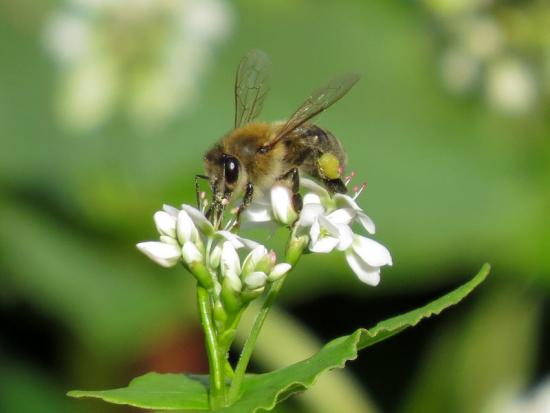
This technique increases productivity by 50-60%; it is simply impossible to achieve such indicators by other methods other than bees.
Organization of grain harvesting
Just as flowers bloom in turn, grains ripen unevenly. As a rule, it is almost impossible to wait until all the grain is completely ripe, so harvesting begins when the lowest clusters are filled with grain, become heavy and approximately 70% of the grain turns brown, that is, reaches technical ripeness.
The main type of cleaning is separate.
This way, the plants are best dried to the required moisture content and ripened in windrows, threshed well, and grain losses are significantly reduced. Separate harvesting of buckwheat is more expedient than other methods, as it is the most effective and preserves the technological and sowing qualities of the plant.
Harvesting begins early in the morning or evening, when air humidity is maximum. Buckwheat is mowed with special combines, which carry out not only mowing, but also the initial processing of the grain, and the harvest is completed no later than 5 days. The best cutting height is considered to be 16-20 cm.
If buckwheat was sown in rows, then it is recommended to mow it along the rows; if the sowing was done according to the wide-row principle, then mow it at an angle of 45 degrees. In this way, it is possible to reduce losses during harvesting.
Since the plant simultaneously contains fruits of varying degrees of ripeness, it will subsequently need to be processed in a grain cleaning unit.
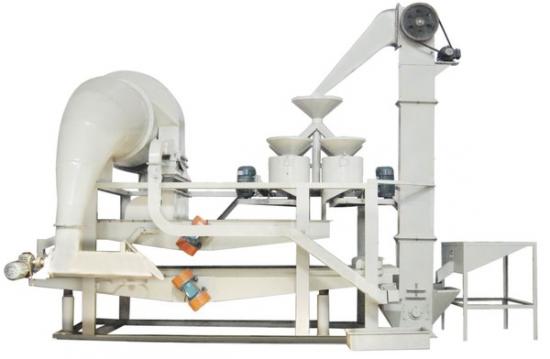
Primary cleaning occurs on air sieve machines with sieve cylinders; in secondary cleaning, flat sieves are used. Heavily contaminated grain needs to be cleaned even more thoroughly on pneumatic sorting tables.
Grain mass up to 15% moisture content is suitable for storage.
Seed material is stored in dry rooms, often in fabric bags, placing each batch separately on a pallet or flooring. The height of such a stack should be no more than 9-10 meters, width - no more than 3 meters. If grain is stored in bulk, the layer is formed up to 2.5 meters.
Buckwheat is a rather capricious crop, and when growing it there is no primary or secondary work; every agricultural technique is important and affects the future harvest.
Let's watch an interesting video about growing buckwheat:


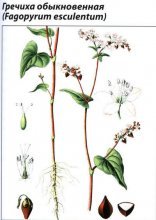

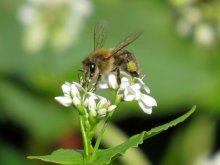
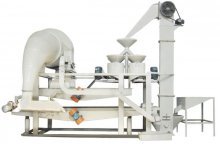
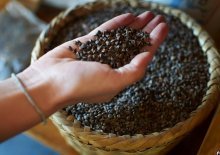


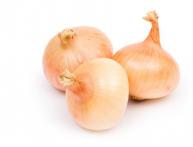
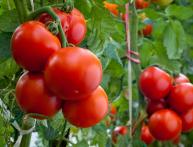
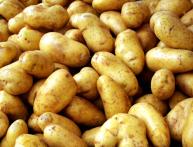
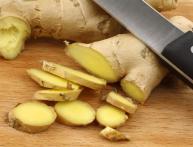
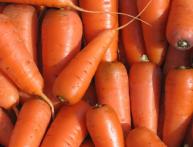
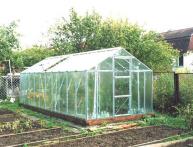
Comments
I eat buckwheat porridge with pleasure; I could try to grow buckwheat myself, but I don’t have extra land on the plot, and I don’t have free time. It's easier to buy cereal in the store.